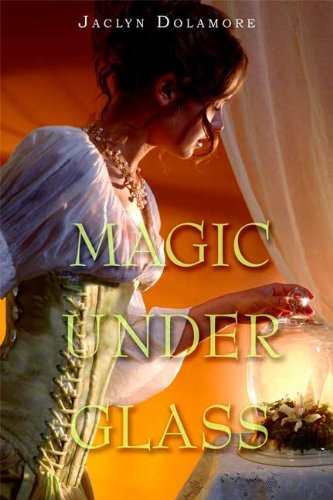Written by: Bob Dylan
First recorded by: Bob Dylan, 1963

"Too many of these hip people are telling me where the answer is but oh I won't believe that. I still say it's in the wind and just like a restless piece of paper it's got to come down some." That's how Bob Dylan described his folksy protest anthem "Blowin' in the Wind" in 1962. With his ragged voice and acoustic guitar, he laid it down on record the next year.
Like most rock-and-roll standards that rack up hundreds of covers (see The Beatles' "Yesterday"), this song rode on ideologies sweeping the nation but remained general, vague, poetic. If the answer is in the wind, does that mean it will float down to us someday? And will the wind ever let up? The words are political, but against mass death and suffering, not a harangue against the establishment. Addressing "my friend" calms the existential nature of Dylan's questions:
How many roads must a man walk downBefore you call him a man?How many seas must a white dove sailBefore she sleeps in the sand?Yes, how many times must the cannonballs flyBefore they're forever banned?The answer, my friend, is blowin' in the wind.The answer is blowin' in the wind.
In the spirit of community, a song isn't a true standard until another cover hits it big. Sunny-eyed folk singers Peter, Paul and Mary released their version in 1963, just after Dylan's, and the single hit #2 on the Billboard chart instantly. Many genres have adopted Dylan's lament, from country (Chet Atkins, Dolly Parton) to jazz (Duke Ellington); chanteuse Marlene Dietrich even performed the song in German. Stevie Wonder's blues rendition charted in 1966.
"Blowin' in the Wind" kicked off Dylan's second album, The Freewheelin' Bob Dylan, and solidified his strengths as a songwriter. Was this (with its "white dove" reference) a plea for civil rights? Was he criticizing American foreign policy? And was he lamenting or singing of hope? There are just three verses, no harmonic or melodic change, with some harmonica filler. We can question the meaning all we want. The song, disconsolate yet inspirited, continues a tradition of standards that have lasted through the art and politics of the last century.









